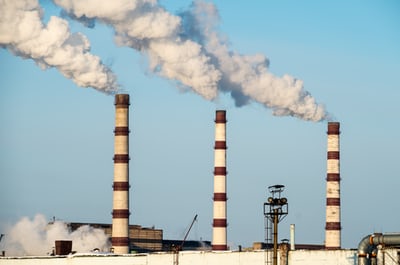Despite the ongoing pandemic, a Chinese-backed power plant will be completed by next year, its backers say. Speaking to the Myanmar Times, U Htu Htu Aung, deputy CEO of Supreme Trading Company, which is carrying out the project, said the USD 170 million gas-fired plant will add 135 megawatts to the Rakhine and national grids. The project is a joint venture between Myanmar-based Supreme Group and Chinese state-owned Power China Enterprise.
The plant will help China widen its lead in the race for power contracts in Myanmar as it works to connect the entirety of its population to the national grid by 2030. Not only are China and Hong Kong the biggest investors in Myanmar power plants, but they are Myanmar’s main buyers of unrefined fossil fuel — carried from the Bay of Bengal via the Myanmar-China Oil and Gas Pipelines. They are also Myanmar’s largest sellers of refined liquid natural gas, which is gaining ground in the country’s energy mix. (According to the Times report, that fuel will produce more than one third of Myanmar’s power next year.)
Yet other Asian neighbors are vying for power partnerships, especially South Korea, India and Japan. In January of this year, South Korean MCM Power Company announced that it would invest USD 35 million in a new gas-fired power plant in Bago Region. In July, the government approved a Japanese-backed gas-fired power plant in the Thilawa Special Economic Zone, which, at 1250 megawatts, stands to be one of the largest in the country. In September, the Ministry of Electricity and Energy announced a deal to buy excess power from India and establish a new cross-border transmission line by 2025. Likewise, in October India proposed a USD 6 billion petroleum refinery near Yangon.


